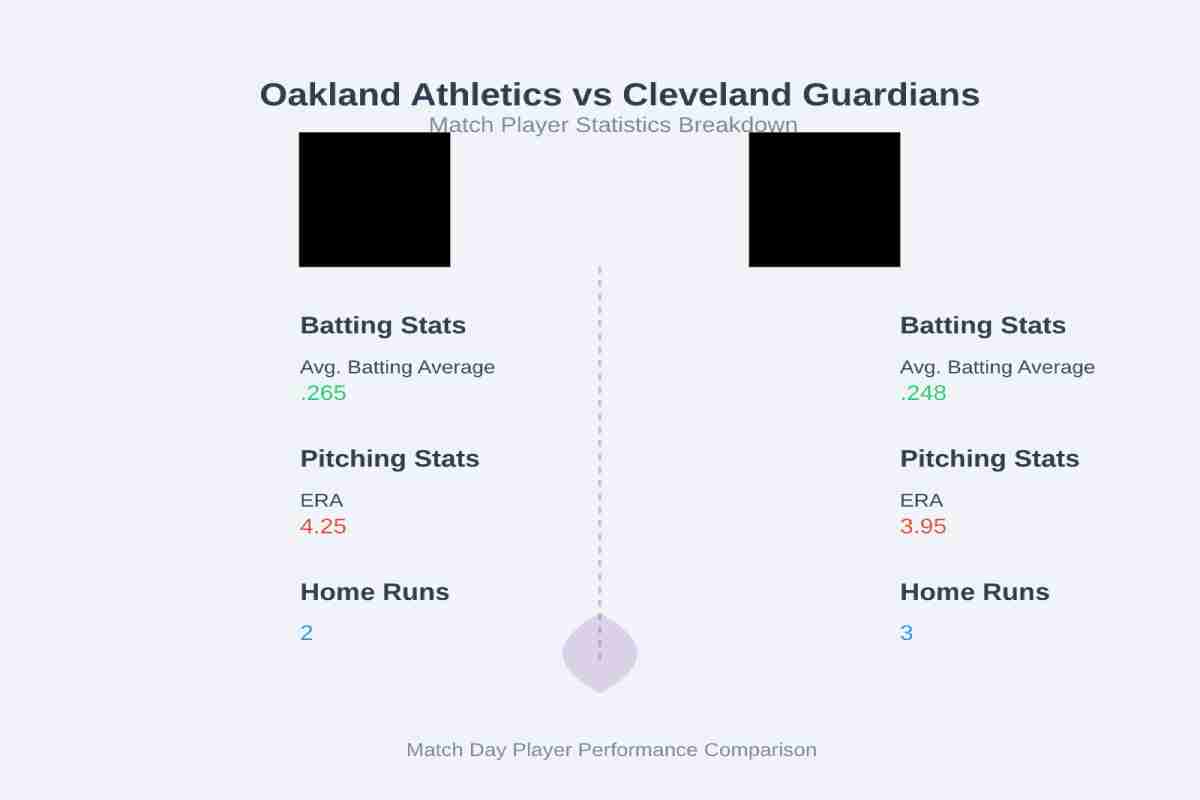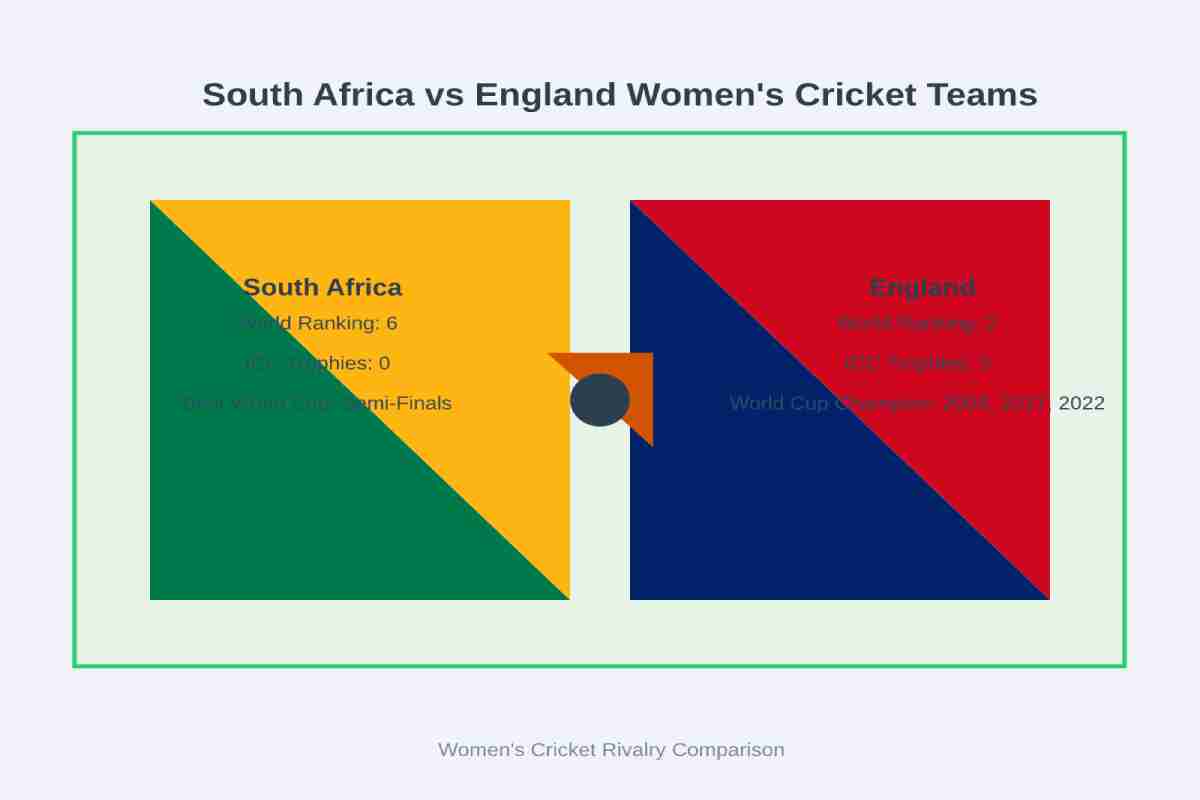Income Statement vs Balance Sheet – To identify the state of your company’s finances and assess its future potential, consider two documents. Specifically the balance sheet and the income statement; however, these two documents are different. It is useful to know when each is appropriate in order to generate transparency with. The financial standing of your business.
If you are not from an accounting or finance background. Then you might be overwhelm by these terms when you hear them. But reading and analysis of the extracts is as fundamental to the businessman and. The executive as a sociological analysis of the community is fundamental to the anthropologist. This guide will provide you with a brief background of both financial statements.
What is a Balance Sheet?
The balance sheet displays the company’s financial structure at a particular time. Base on this, it can be note that the balance sheet is one of. The most important statements of a company which represents the company’s financial situation at a particular date.
Essentially, the balance sheet records what the business entity controls which is its assets. What it owes which is the liabilities. And finally the owners’ stake which is the owners’ capital and retained profits, or earnings, by the owners or shareholders.
This statement is alienate into two columns. Base on the following equation: This declaration is divide into two columns,
Liabilities + Shareholder’s equity = Asset
This equation is use to construct a balance sheet wherein the one side includes the assets and on the other side is the total of liabilities and the owner’s capital.
The balance sheet extends to the present moment, covering the entire spectrum of the company’s activity, each transactions made, the amount of money raised, loans incurred, assets bought and their current value.
It explains the information on operations, revenues, and balance sheets and profits for the company through various ratios. Including the debt-equity ratio, analyzes the company’s capacity to pay for the debts using equity, and the current ratio that divides the current assets with the current liabilities to show the capability of the firm to meet the current obligations up to 12 months.
What’s included in a balance sheet?
The balance sheet contains assets, liabilities and owner’s equity at a specific date at the end of the accounting period.
Assets
- Cash and cash equivalents: Included under the current assets, this figure displays the balance of cash that exists in the firm at the close of a given period of time, and cash equivalents that may include other income for example marketable securities and short term deposits.
- Accounts Receivable: This is money that a business owes to another for the products rendered and services offered but the client has not paid for. Thus, it can be pledge as security when taking a loan and is classifie among current assets on the balance sheet.
- Inventory: It encompasses inventory comprises of products which are nearly complete and those that are waiting to be use in developing other products for sale or for the provision of services. The other category of assets that are current are known as inventories.
- Plant, property, intelligent property and more: These are firms’ long-term assets that cannot be convert to cash promptly, are not included in the manufacturing process, and have a useful life of over one year. Examples of this type of property could be trademark, copyright, and goodwill among others. They are written off or expensed over the usage or their value. They still show in the balance sheet but in noncurrent assets category.
Liabilities:
- Debt: Debts are any outstanding amounts of money which can be owed to the lenders, banks, or the suppliers. It can be short-term which is classified as current liability or long-term that is classified as non-current liability. In the case of long-term debts, the amount payable in the coming year is report under the head current portion of long-term debt.
- Accounts payable: This is the amount that the company owes its suppliers or vendor for the products or services that they offered. Since they are short-term in nature these are regarded as current liabilities, usually due within 90 days.
- Underfunded pension plan: The pension plans that have more in debt than in credit can be referred to as the underfunded pension plans; these plans cannot be able to meet the current or future financial obligation. They are normally categorized under noncurrent liability and the company is legally bound to meet and provide the gaps as and when required.
- Deferred tax liability: This refers to taxes that are charged though the amount has not been collected at the time of preparing the statement. It can be also due to installment sales or to make up for reducing the system of accrual/cash timing difference, that is HF-tax difference.
Owner’s or Shareholder’s Equity
Therefore, owner’s or shareholder’s equity is the sum of all the assets that may be pledge. To owners or shareholders in the event the business is wound up or liquidated after meeting all the liabilities.
This segment of balance sheet consist of return of total equity (ROE), which again is the valuation of the company’s total income to the total amount of shareholders’ equity. Relative to the company’s equity, ROE gauges the efficiency of management in deploying and utilizing equity to generate returns on investment.
Other components of shareholder’s equity include retained earnings – the extra net income not paid out to shareholders in the form of dividends in the course of carrying out more business expansion programs.
What is an Income Statement?
An income statement determines the profitability of a business over a period of time. Often mentioned to as the profit and loss (P&L) statement, the income statement consolidates a company’s business revenues, product and service costs, operating expenses and the resultant net earnings, which are allocable to shareholders.
P& L declaration is one of the three financial declarations that a company releases where the frequency of releasing the report depends on the company’s status; Quarterly, annually or a combination of the two if the company is publicly trade. It tracks profitability, income sources, expenses, and budgets to let the company act on its deviation from the plan. Like any statement of financial performance. The P&L statement is of interest to investors and lenders when comparing various periods in order to understand the company’s history.
In the hands of a proficient analyst, figures stated in the profit and loss statement are quite enlightening with the help of ratios. Some examples of financial ratios include gross and operating margin ratio that determines the profitability of the company in relation to business development and costs, the price-earning and return-of-equity ratios that compare the company’s profitability to the amount to cost of capital, and the times interest earned ratio to establish the allowance a company has to make for its debts.
What’s included in an income statement?
- The income statement emphases on four key items: It deals with sales revenues, expenses and gains and losses. It does not anxiety itself with cash or noncash sales or anything regarding cash flow. It does not anxiety itself with cash or noncash sales or anything regarding cash flow:
- Revenue: This entails revenue from operations. Which is the money that the business earns out of its normal day to day business. It is the gross total of the income earn during any given time period in a company and stands as the first line of the income statement. This can further be divide into operating revenues meaning the income that is derive from the main business of an enterprise and other revenues which are the income that is derive from other bases, such as interest income, rental income besides the actual business activities of the enterprise.
- Realized gains and losses: They are also known as ‘’other income’’; these are incomes of a one-off or sporadic nature which accrue from the sale of assets and disposal of such. This can range from sale of an asset such as an investment property, to indirect stakes in another company or a subsidiary company. At the same time, a loss on sale or disposal of assets is recorded under the category of ‘other expenses,’ When assets are disposed of and these are at a lower price than the carrying cost in the balance sheet for the mentioned period.
- Expenses: This entails all the expenses for business operations which are occasioned by the ordinary course of business; for instance. Cost of sales which is the cost that is directly attributable to the production of goods and services. Other costs are sundry expenses such as. General and administration expenses which are not necessarily incurre in the production line but are crucial in the administration of any organization. As well as depreciation or amortization expenses based on the usage or fixed intervals of different assets.
- Net income/loss: Hence, the income statement ends with the net profit/loss during the period known as. The bottom line of the income statement. A net profit or loss is what is arrive at after proceeding with addition of revenues of the period in. The form of realized gains and proceeding with. The elimination of expenses of the period as well as the eliminated realized losses. This is the figure that goes to shareholders’ stake in the company balance sheet.
What are the differences between a balance sheet and income statement?
Here is a quick orientation for the key differences between the balance sheet and income declaration. Brief what we’ve discussed above.
| Balance sheet | Income statement | |
| Time | The balance sheet presents the position of the company in regard to the assets, liabilities and shareholders’ equity at a given date. This was derive from the income statement that gives the details of the financial activity of the firm taken at a given time. | The balance sheet presents the position of the company in regard to the assets, liabilities and shareholders’ equity at a given date. This was derive from the income statement that gives the details of the financial activity of the firm taken at a given time. |
| Key items | Assets, Liabilities and Shareholder’s Equity are the broad classifications and they have further divisions to show the real picture. It embraces revenues, expenses and gains and or losses pertaining to the sale, disposal of stock. | Assets, Liabilities and Shareholder’s Equity are the broad classifications and they have further divisions to show the real picture. It embraces revenues, expenses and gains and or losses pertaining to the sale, disposal of stock. |
| Financial analysis | It aids in ratio analysis that points out the financial strength of an organization with. The help of ratios like current ratio, debt-to-equity ratio and return on shareholder’s equity. Compared to gross margins, operating margins, price-to-earnings and many interest coverage ratios provide a picture of financial performance. | It aids in ratio analysis that points out. The financial strength of an organization with the help of ratios like current ratio. Debt-to-equity ratio and return on shareholder’s equity. Compared to gross margins, operating margins, price-to-earnings and many interest coverage ratios provide a picture of financial performance. |
| Usage |
Credit and other financial services providers apply it in evaluating credit status as well as. The provision of security for assets. Managers, investors, shareholders, banks and others use it to evaluate the past and future performance of the business. |
Credit and other financial services providers apply it in evaluating credit status. As well as the provision of security for assets. Managers, investors, shareholders, banks and others use it to evaluate the past and future performance of the business. |
What are the similarities between an income statement and a balance sheet?
As the case may indicate, both the balance sheet and income statements are similar in the sense that. The two support one another in giving a complete view of a firm’s financial situation and possibility in the future.
It occupies one of the three main places in reporting, together with cash flow statement. Any mistake or negligence is done in either of them result to wrong outcome of all of them.
That said, both the income statement and the balance sheet employ the same accounting cycle. Although the balance sheet is prepare immediately after the income statement.
If the company makes profits amounting to $10,000 for a specific period, and there are no drawings or dividends. This amount will be credit in the balance sheet to the shareholder’s equity.
Can accounting software help you manage income statements and balance sheets?
Due to the necessity of income statements and balance sheets in the field of financial reporting. Accounting software is very useful. It can minimize or eliminate mistakes or oversights in preparation of the financial statements that would be misleading or inaccurate.
Looking to purchase the best Accounting Software? We outline below some of the best accounting software that can be recommend. Some of these include the QuickBooks review where we. Focus on one of the widely used solutions in the market today. Apart from the FreshBooks review, Xero review, and Zoho Books fee where. We have focused on some of the best solutions for small businesses available currently.
Know your business’s finances to succeed
Unfortunately, it becomes quite challenging to steer a business to. The right direction of prosperity and expansion if you are not aware of your financial status quo. The income statements and balance sheets are two important business reports that. An entrepreneur uses regularly to monitor the organization’s income and spending. Thankfully, you don’t need to be a chief financial officer to create these papers. It is advisable to make these reports regularly and send them to strategic managers in the company. With the help of the best accounting software in the market.
Such and other aspects make them dependent on each other and both are. Deemed necessary in offering a detailed and accurate picture of account balances.
Also Read:




